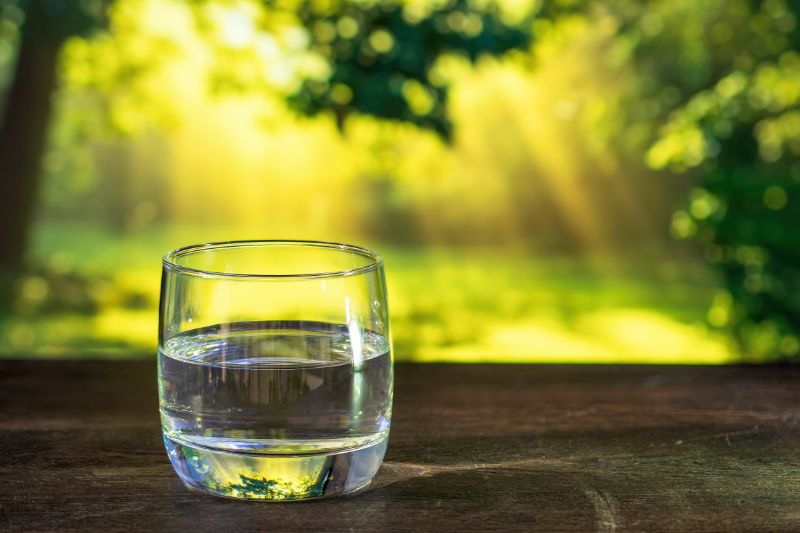How to Choose Which Water Filtering Devices Are the Best?
If you’re interested in investing in a water filter, it’s important to find one that’s best for your needs. There are several factors to consider, including how often you’ll use it, the types of contaminants you want to remove, and how easy it is to clean.
(Looking for “freshwater testing“? Contact us Today!)

Choose the right device for your home, lifestyle, and budget
Filtering devices come in a wide range of designs and sizes. They can be portable and handheld, or they can attach to your faucet for a more permanent solution. If you’re looking for an under-sink option, there are plenty of options, too.
Choosing the right water filter can make a world of difference in the taste and cleanliness of your drinking water, making it easier for you to enjoy a healthier diet. But finding the perfect device for you can be confusing, with so many choices out there.
Step 1: Identity what you’re trying to remove
The most common water contaminants include those that impact taste, like chlorine, and those that are harmful to your health, such as lead. The best way to determine whether a device can remove these contaminants is to look for certifications from organizations such as NSF International or the Water Quality Association.
These certifications are important because they mean that the filter was tested and found to be effective at removing the contaminants that it claims to. These organizations have laboratories that test products to ensure they are truly able to remove what they say they do.
Choose a high-flow filter
When comparing different water purifiers, look for a model that has a higher flow rate. These models filter more water faster, which can be helpful if you’re in a hurry and need to have fresh water at your fingertips quickly. However, these higher-flow models tend to be larger and more expensive than slower models, so it’s important to find a system that can filter enough water to meet your needs while staying light and compact.
Choosing a filter with a small pore size is another important consideration. Generally, the smaller the pore size, the more effective it will be at reducing bacteria and protozoa.
Pore size can also impact how long your filter lasts: If it has a smaller pore size, it’ll typically have to be replaced more frequently. This will reduce the cost of your device in the long run, but a smaller pore size means that it may not be as effective at eliminating viruses and other contaminants.
Some filtration technologies combine physical and chemical methods to reduce the number of contaminants in your water. For example, the Berkey Big Berkey Filter uses a combination of carbon and ion exchange to remove bacteria, pesticides, and heavy metals from your water.
It’s also an excellent choice for a family because it can be used for up to six years.
If you’re looking for a portable water filter, the Katadyn BeFree is an attractive choice thanks to its sleek design and compatibility with standard bottle openings. Alternatively, the LifeStraw Peak Squeeze is an ideal choice because of its fast flow rate and gravity adapter. Lastly, the Grayl GeoPress is a great option for travelers and light adventurers because it’s incredibly simple to use and provides filtration without requiring any pumping or batteries.

